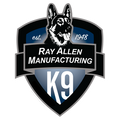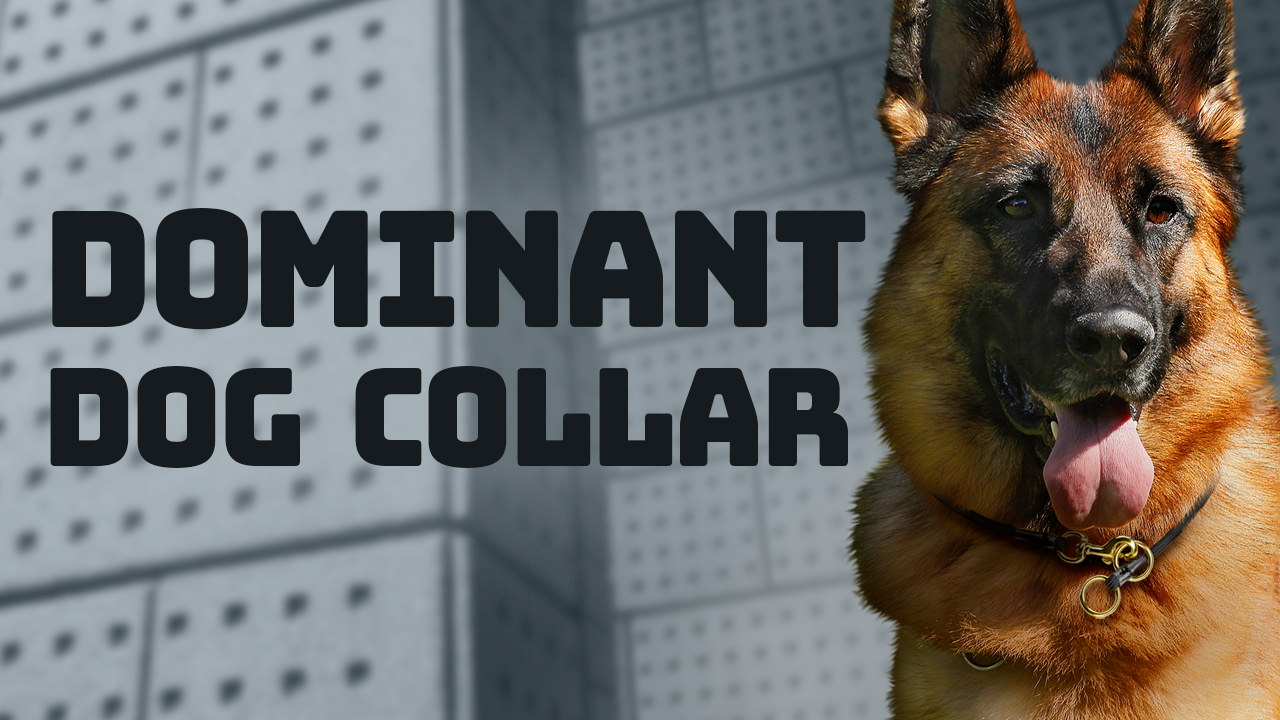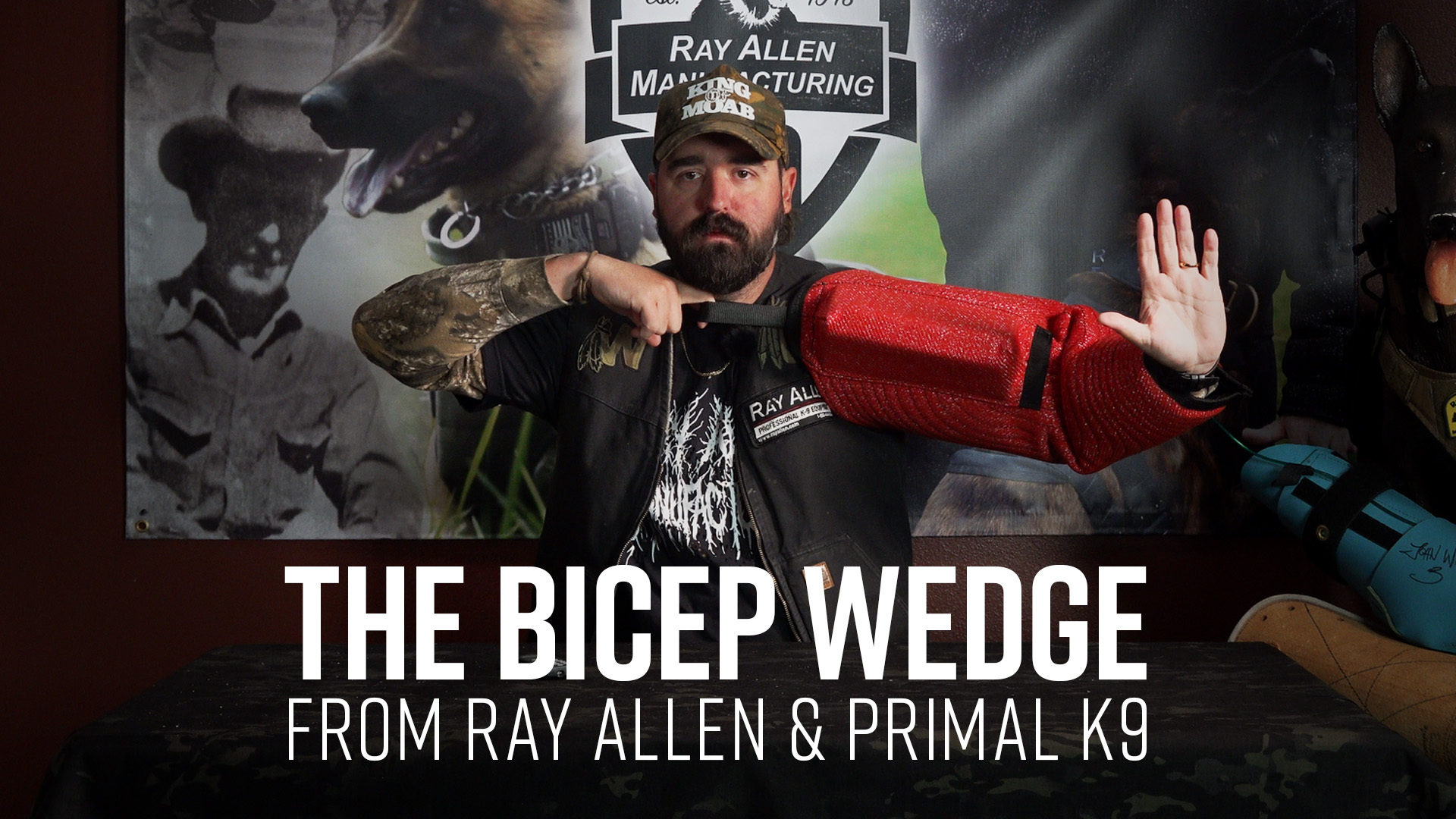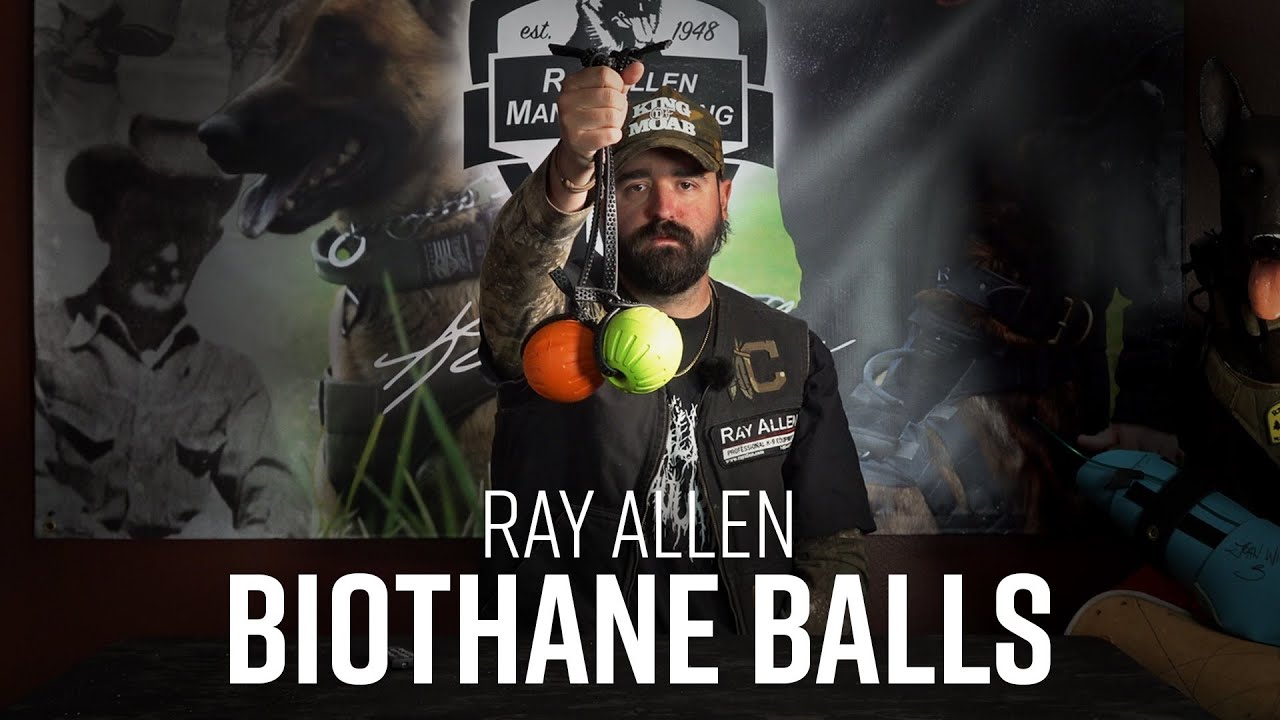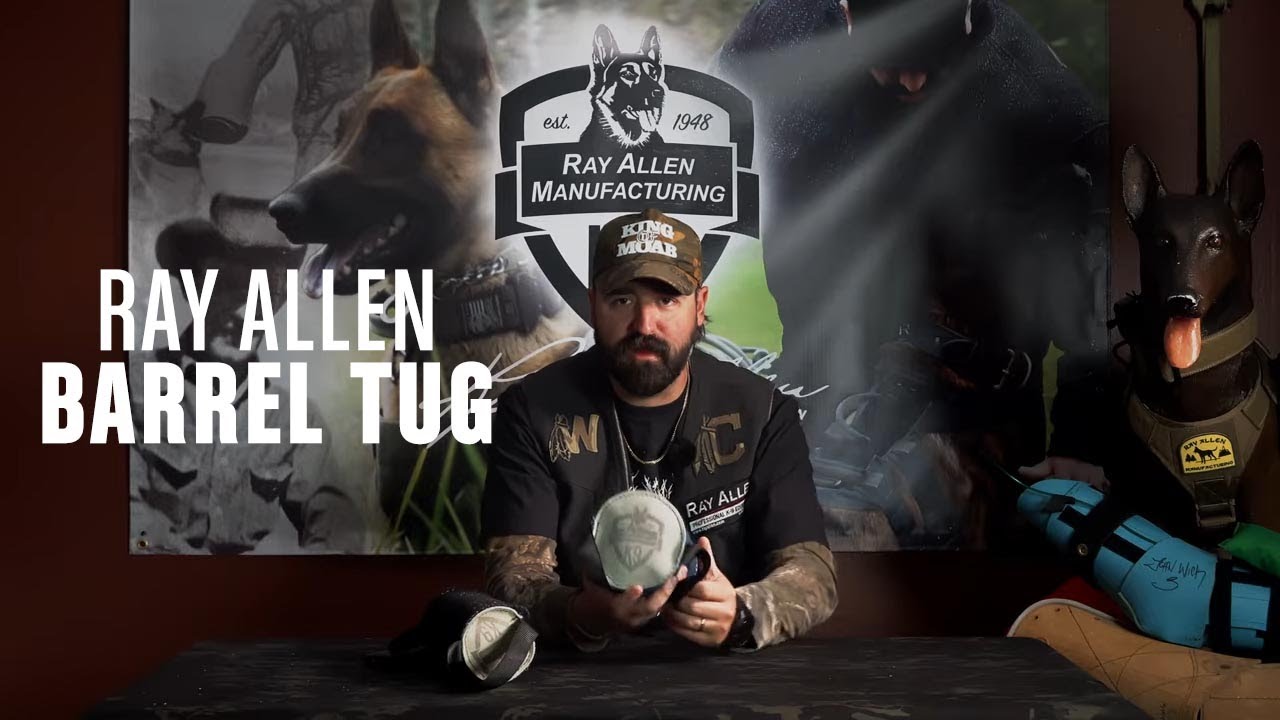The Professional's Guide to Pinch Collars: Understanding Their Purpose in K9 Training
May 21st 2025
In the world of professional dog training, particularly for working K9s in military, law enforcement, and security applications, having the right equipment is essential for effective communication and results. Among the various training tools available to handlers, the pinch collar stands as one of the most misunderstood yet highly effective pieces of equipment when used correctly.
This is the second in our The Reason Why series. Check out the first video if you missed it.
Beyond the Misconceptions
At first glance, a pinch collar (sometimes called a prong collar) may appear intimidating to the uninitiated. The series of blunt prongs around the interior can trigger misconceptions about the tool's purpose and effect. However, professional K9 trainers understand that this design serves a specific, humane function rooted in canine communication.
The pinch collar isn't designed to cause pain or punishment. Instead, it replicates a natural corrective action that mother dogs have been using with their puppies for thousands of years. When a mother dog needs to redirect her puppy's behavior, she will often gently grab the puppy by the scruff of the neck. This action doesn't hurt the puppy but creates a momentary pressure that communicates boundaries and expectations.
The Science Behind the Design
The engineering behind quality pinch collars, like those offered by Ray Allen Manufacturing, focuses on creating a tool that distributes pressure evenly around the dog's neck. The rounded prongs on high-quality pinch collars, like the Herm Sprenger models, ensure that no sharp edges come in contact with the dog's skin.
When fitted properly, a pinch collar rests high on the dog's neck, just behind the ears where the skin is looser and less sensitive. In its relaxed state, the collar simply sits against the dog's fur without applying any pressure. The correction occurs only when tension is applied to the leash, causing the links to move inward slightly, creating that momentary pinch similar to a mother's correction.
Professional Application in K9 Training
For professional working dog handlers, precision in communication is paramount. Unlike pet applications, working K9s in tactical environments need crystal-clear signals that can be understood even in high-stress situations. The pinch collar provides this clarity through:
- Immediate Feedback: When a handler issues a command that requires immediate compliance, the slight pressure from a properly used pinch collar provides instant, clear feedback.
- Consistent Communication: The sensation is consistent and understood universally by dogs, regardless of breed or background.
- Graduated Response: Professional handlers can adjust the intensity of the correction based on the situation, from very subtle reminders to more definitive corrections when necessary.
Proper Fitting and Usage
The effectiveness of a pinch collar depends entirely on proper fitting and usage. Professional trainers emphasize:
- Correct Sizing: The collar should fit snugly high on the neck, with enough room for just two fingers to fit between the collar and the dog's skin.
- Appropriate Links: Ray Allen Manufacturing offers different sizes of links, from the standard 3mm to the latest hybrid 2.5mm "medium" links, allowing trainers to select the most appropriate option based on the dog's size, coat thickness, and training needs.
- Controlled Corrections: Proper corrections are quick and release immediately, never using sustained pulls or jerks.
- Professional Guidance: Even experienced handlers benefit from professional instruction when introducing new equipment or techniques.
Beyond the Tool: The Training Philosophy
In the hands of knowledgeable handlers, the pinch collar serves as a valuable communication tool that helps working dogs understand expectations clearly. Far from being harmful, when properly fitted and used, most dogs adapt to the collar immediately and respond positively to the clear guidance it provides.
